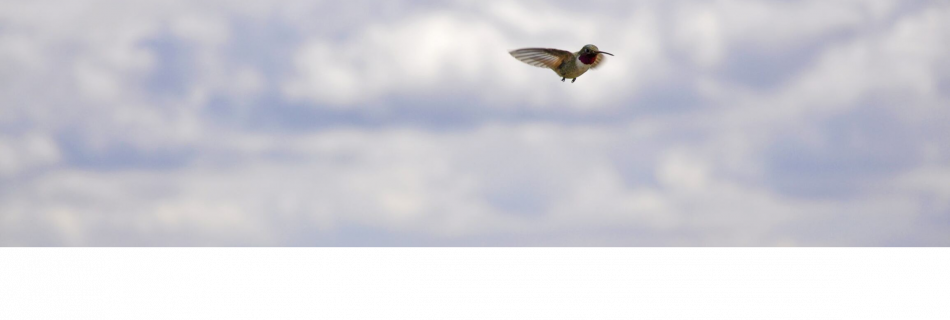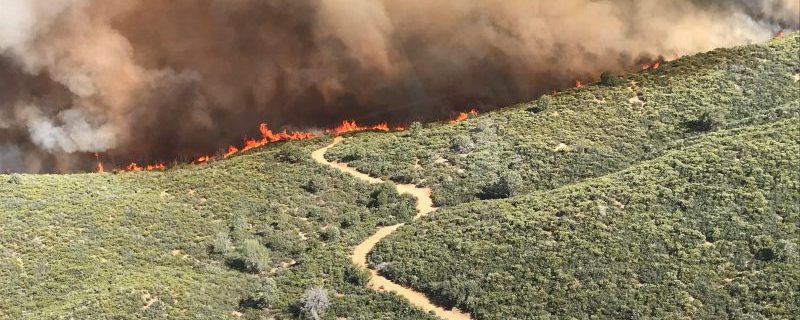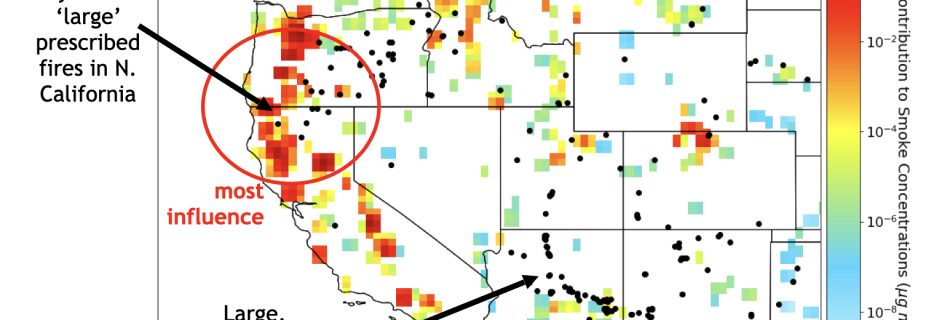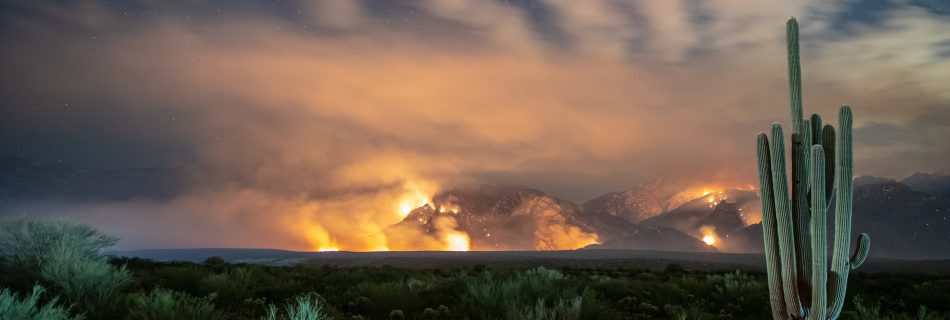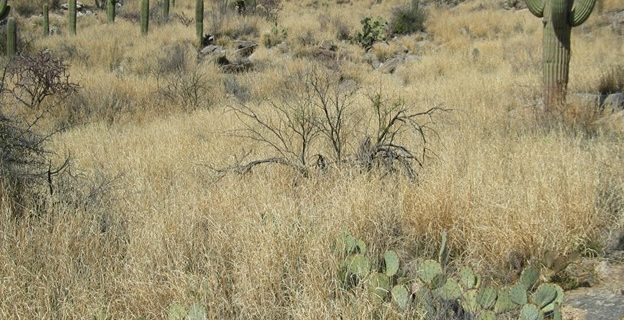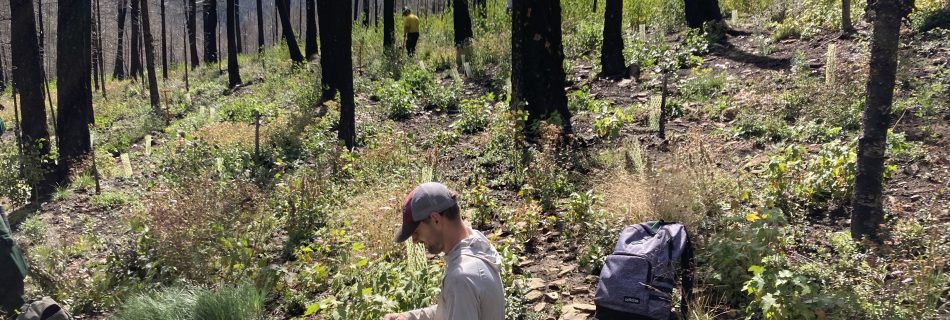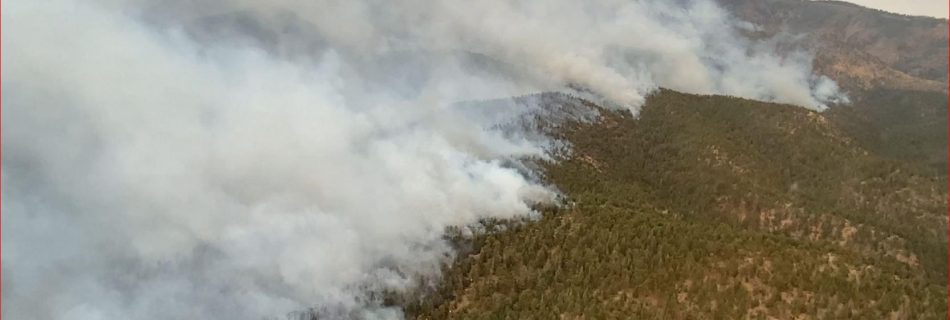Wildlife and Fire Series
In January, the Southwest Fire Science Consortium, USDA Forest Service, Southwest Climate Adaptation Science Center, and many other partners hosted a two-day workshop on the intersection of wildlife and fire. Based on the needs identified in the workshop, this collaborative group is hosting a yearlong series of workshops, webinars, and reports to improve wildlife outcomes …

